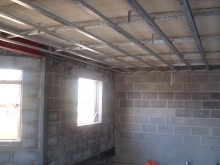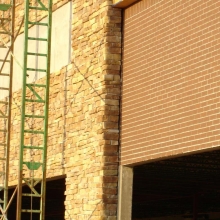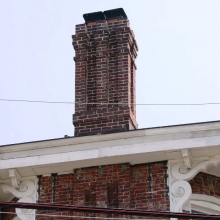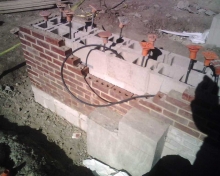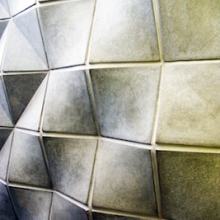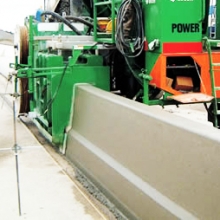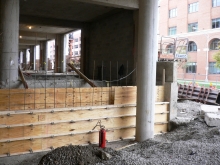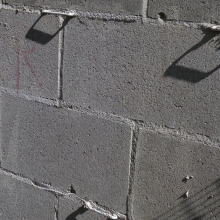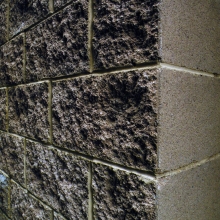The Challenge of Trim Work
I have always enjoyed working with wood and tools, especially tools that cut, hammer and pry. My interest was instilled by my grandfather, who was a carpenter by trade. As a child, I'd spend time in the garage with him, watching and learning. While he worked productively on any given project, I'd be joining two varying length pieces of awkwardly hand sawn 2x4's with half driven 8 and 16d common nails, in no real pattern.

